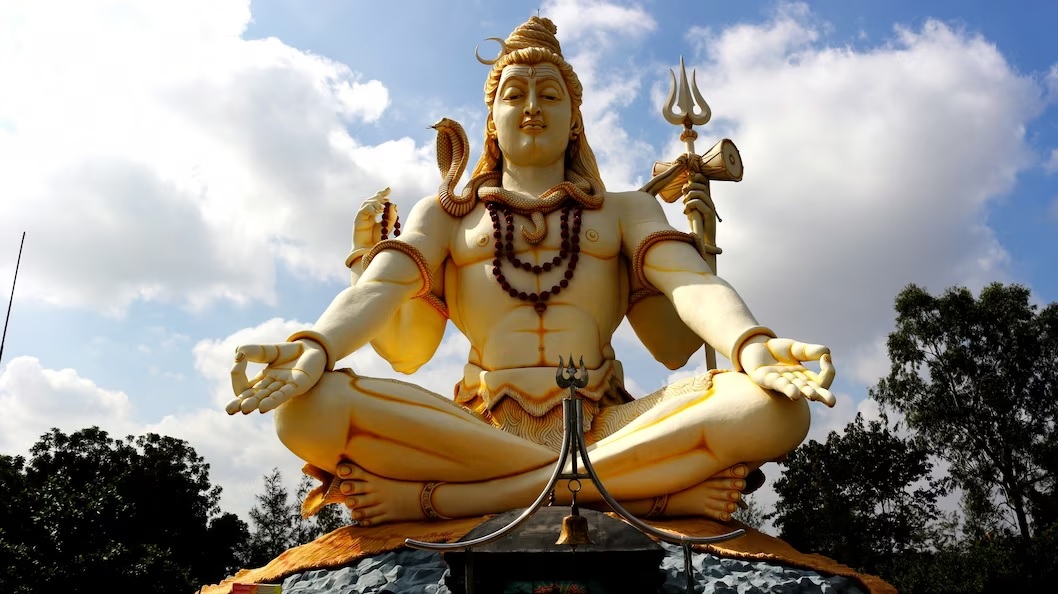Nag Panchami, a significant Hindu festival, is dedicated to worshipping serpent deities. Observed on the fifth day of the bright half of the lunar month of Shravana, it is a time to seek blessings for protection from snake-related dangers and to express gratitude for nature’s balance. Performing Nag Panchami pooja at home is a cherished tradition that involves rituals, devotion, and a connection to ancient beliefs. This essay guides you through the steps and significance of conducting Nag Panchami pooja within the comfort of your own home.
Preparations and Significance:
- Purifying the Space: Cleanse the area where the pooja will be performed, creating a spiritually conducive environment.
- Gathering Materials: Collect necessary items such as idols or images of snake deities, flowers, incense, milk, sweets, and other offerings.
- Understanding the Significance: Reflect on the importance of Nag Panchami, acknowledging the balance between human life and the serpent world.
Performing the Pooja:
- Creating the Setup: Place the idols or images of serpent deities in the pooja area. Decorate with flowers and incense.
- Invoking Blessings: Begin by lighting the incense and meditating on the serpent deities, inviting their blessings into your home.
- Offerings: Offer milk, honey, sweets, and other traditional items to the deities while chanting mantras. These offerings symbolize your devotion and seek protection.
- Reciting Mantras: Chant specific Nag Panchami mantras, like the “Nag Gayatri” mantra, to invoke the blessings of the serpent deities.
- Pouring Milk: Pour milk over the snake idols as a gesture of respect and to cool their divine presence.
- Applying Kumkum (Vermilion): Apply kumkum to the idols as a mark of respect and devotion.
- Performing Aarti: Use aarti (lighted lamp) to illuminate the idols, signifying the dispelling of darkness and ignorance.
- Expressing Gratitude: Acknowledge the role of serpents in maintaining ecological balance and express gratitude for their presence.
Spiritual Significance:
- Protection: Serpents are believed to guard fields and homes from pests, making their blessings essential for protection.
- Balancing Energies: The snake represents both creative and destructive energies, highlighting the need for balance in life.
- Connection with Nature: Nag Panchami fosters a connection between humans and the natural world, promoting harmony.
Sharing the Experience:
- Family Involvement: Encourage family members to participate, promoting togetherness and spiritual bonding.
- Educational Aspect: Educate children about the significance of Nag Panchami, passing down cultural and spiritual knowledge.
Conclusion:
Performing Nag Panchami pooja at home is a time-honored tradition that brings families together, instills a sense of spirituality, and reinforces our connection with nature. The rituals and devotion involved in the pooja not only seek blessings and protection from snake-related harms but also serve as a reminder of the delicate balance that exists between humans and the natural world. By performing this pooja with reverence, we honor ancient beliefs, express gratitude, and celebrate the unity between humans and the serpent deities.

